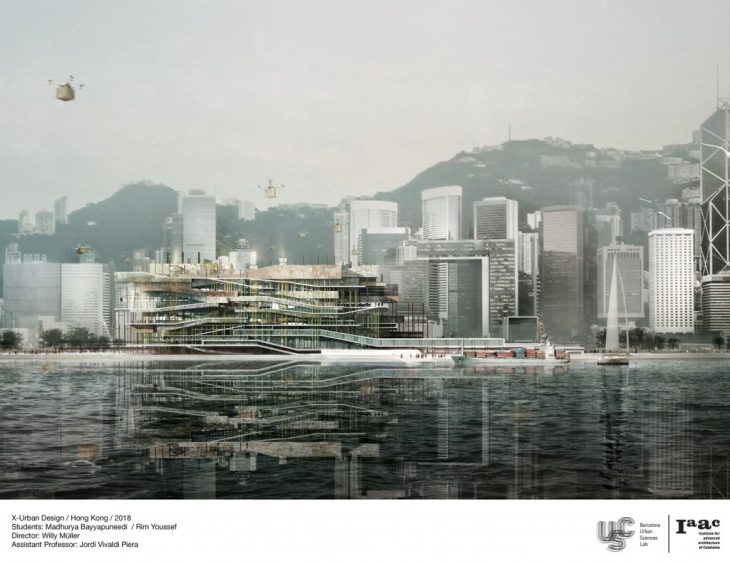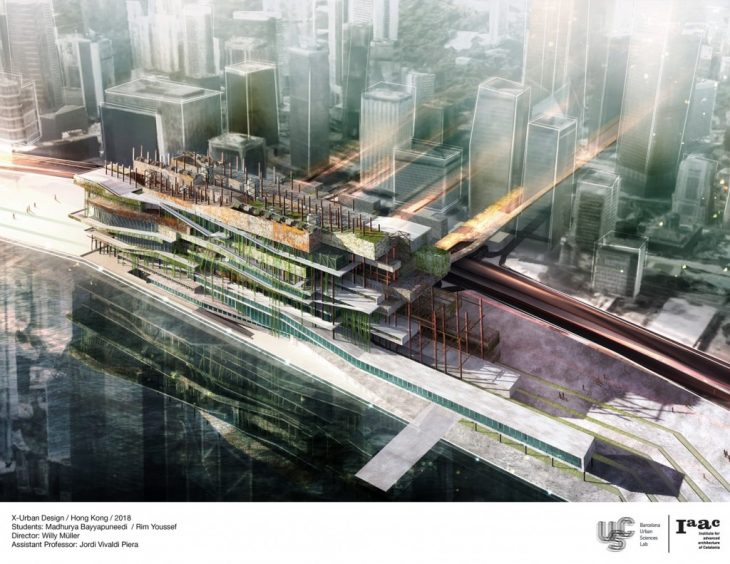Urban intervention to trigger a change in the entire food situation of Hong Kong to change its position in the world, from a food vulnerable place to a region that is self-sufficient. Hong Kong is listed among the world’s most “food-vulnerable” places, importing 90 per cent of what it’s population eats. A strategic goal of the urban vision is to provide a system that works in symbiosis with a multitude of logistics, becoming independent to solve Hong Kong’s food woes. The aim is to instigate complete closed systems and refining the urban fabric .
Food imports across the world have increased more than fivefold over the past half century. More than Thirteen countries are 100 percent
dependent on imports for their daily food needs and 16% of the world‘s population depending on food imported from other countries.
The research shows that , if this continues ,over half the world‘s population could depend on imported food by 2050.
Food security is going to be a big issue over the coming decades. The study indicates that improving agricultural productivity can play a key role in maintaining food security. And economic situation affects the world imports / If prices rise, or wild weather prompts countries to impose grain export bans, as Russia did in 2010, nations heavily dependent on imports could face crisis .
The United States, , imports a total of $133 billion USD worth of food and food products, followed by China at $105.26 billion USD, Germany at $98.90 billion USD, Japan at $68.86 billion USD, the United Kingdom at $66.54 billion USD, the Netherlands at $64.38 billion USD, France at $62.29 billion USD, Italy at $51.34 billion USD, Belgium at $40.87 billion USD, etc 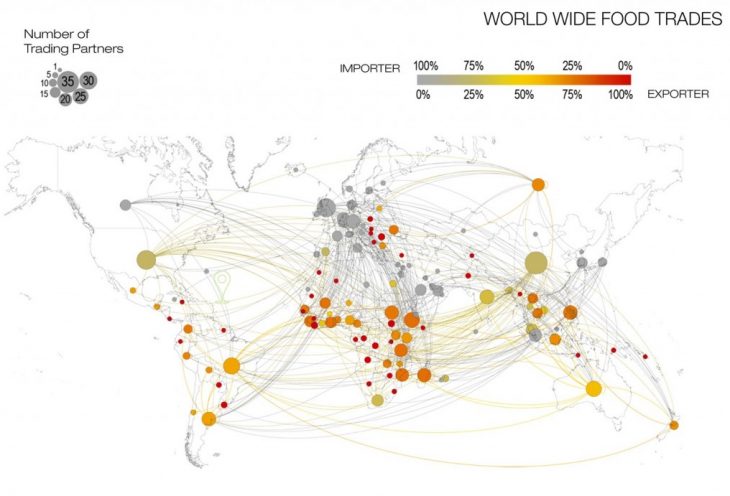
In the list of top 10 countries that import food . US stands first , with a value of 105 billion dollars worth food imports in 2016 . But this changes When food imports are compared with Population of the respective country . Hong Kong has the highest ration of poplulation vs food imports population of a country, Hong kong tops the list with a ratio of 1 : 3
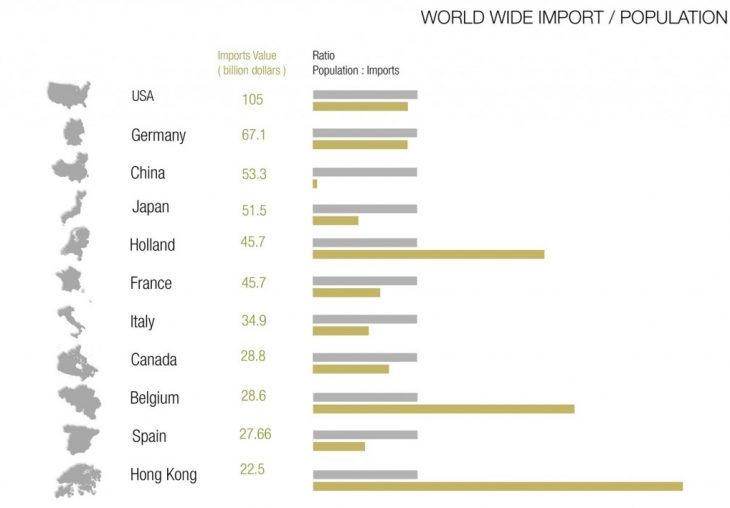
.Hong Kong has one of the highest food and beverage outlet to people ratio in the world with one outlet for every 300 people. But this sense of abundance is nothing but deceiving. In truth, the land-scarce Hong Kong is listed among the world’s most “food-vulnerable” places, importing nearly everything it’s population eats and drinks. About 90% of its food supply is imported, according to the food and health bureau, and most of it comes from mainland China, including the entire fresh beef supply, 94% of the fresh pork, and 92% of the vegetables. In addition to mainland China, Brazil supplies frozen beef and pork, Norway supplies salmon, and the US, the Philippines, and Thailand export much of the fruit to this densely populated urban center.
Daisy Tam, an assistant professor at Hong Kong Baptist University and a food researcher, voiced his opinion on this issue by saying that, “Hong Kong’s over-reliance on imports exposes the city to global commodity disruptions and price fluctuations.”
This city wasn’t always a dependent. Sixty-five years ago, Hong Kong produced about two-thirds of the vegetables it consumed. Today, it produces about 2% and found itself a place in the Japanese bank Nomura’s latest food vulnerability index as the world’s 17th most vulnerable place, not far behind such countries as Bangladesh, Syria, and Algeria.
Because of its immense dependency on food , the prices sky rockect . The price of staple food of hong kong , like rice and vegetables have increased by over 100 per cent from 2007 , beating the surge of inflation of public housing , which incresed by 18 %.This exorbitant rise of price is because of the food depency of the region ..
Increase in the fuiel prices, political ,
economic stiuations in the countries cause this inflation .
Sensing the crisis , a lot of organisations in Hong Kong have turned to roof top farming . Large industry players and banks have their own production units , Bank of America Tower have their own roof top farms.
They produce food for the needy , by sending their food to the food banks .
To change the food scenario in Hong kong a bigger step needs to be taken . The intervention has to be done at a larger scale that triggers the entire food situation Hong Kong , changing its position in the world , from a food vulnerable place to a region that is self sufficient .
Studying food imports of hong kong
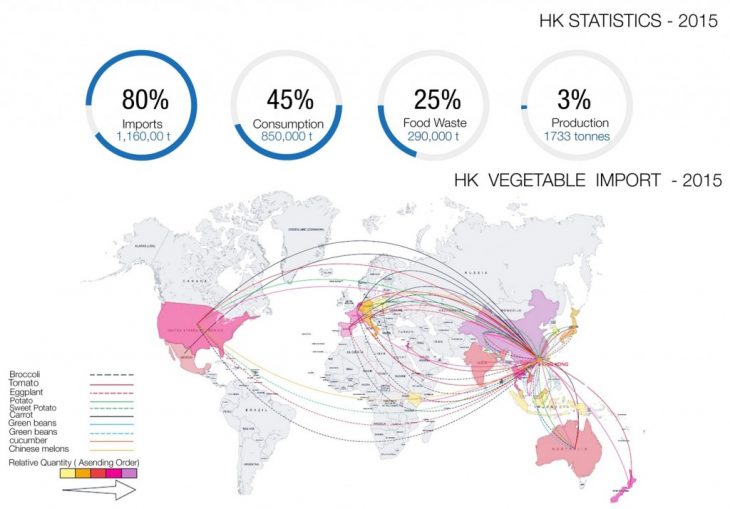
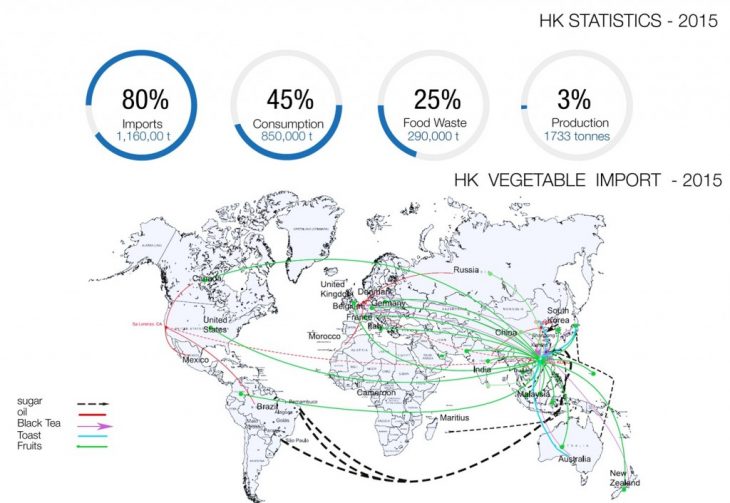
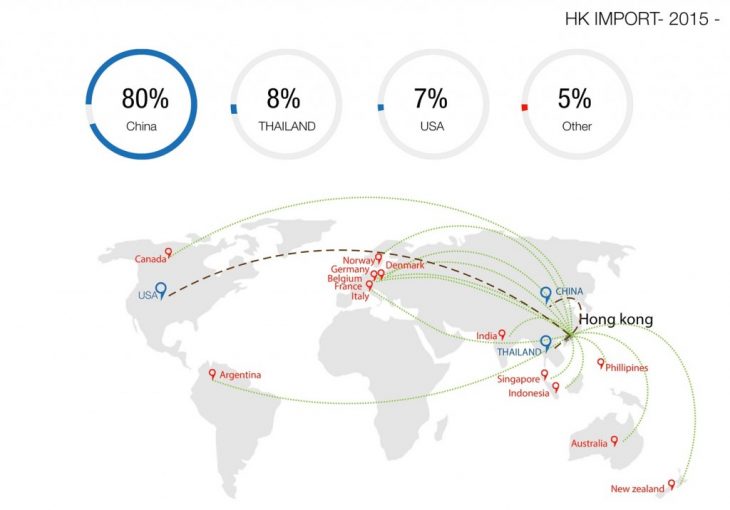
FOOD MILES TO HONG KONG
Food miles is a term which refers to the distance food is transported from the time of its production until it reaches the consumer’s plate . Food miles are one factor used when assessing the environmental impact of food, including the impact on global warming.
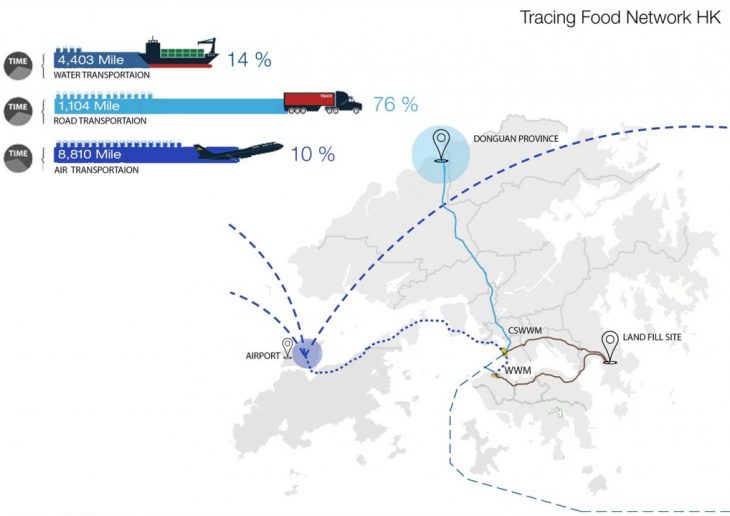
Hong Kong Food needs
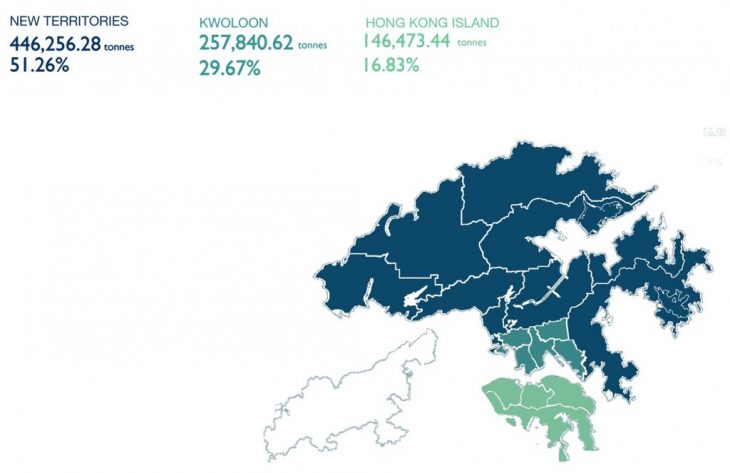
CONSUMPTION VS PRODUCTION
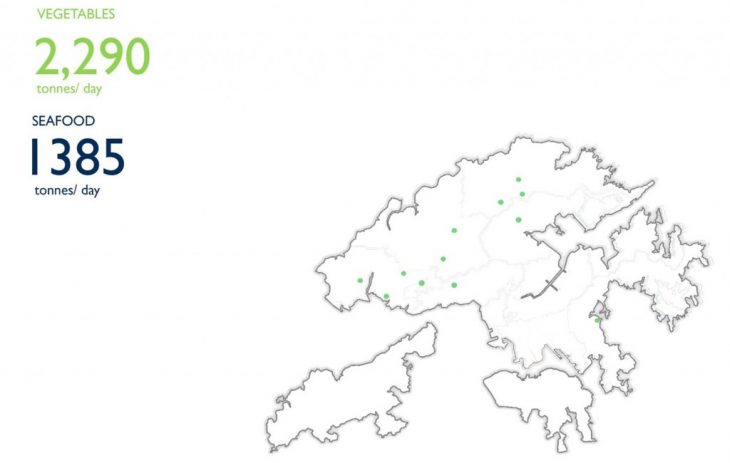
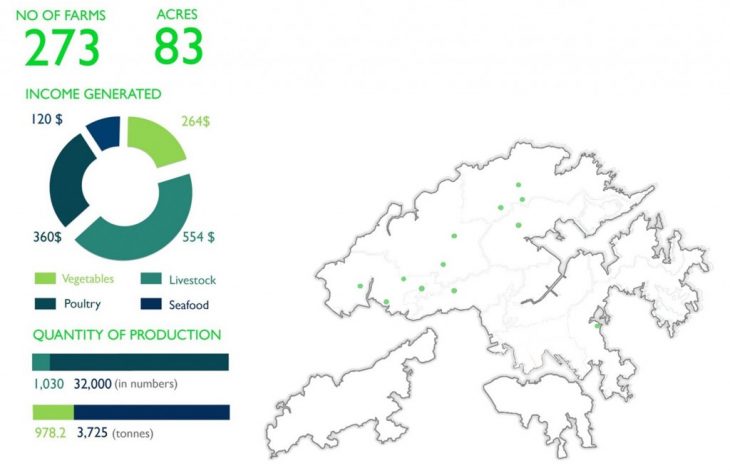
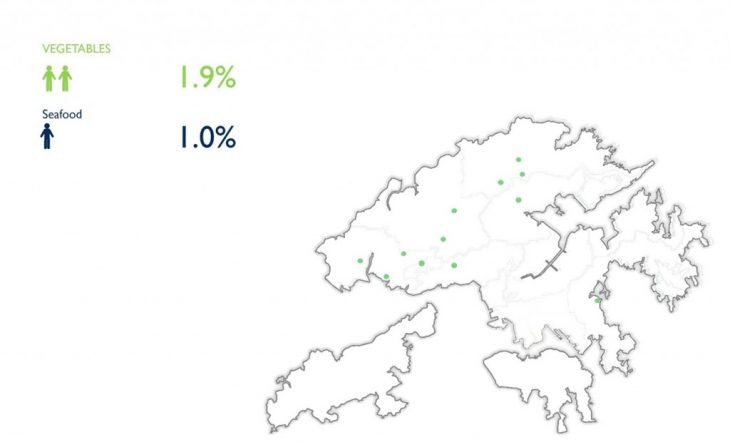
Solution to this wide gap in the food scenario of Hong Kong , Vertical Farming , thich 30 percent of food food can be cultivated than the traditional farming methods
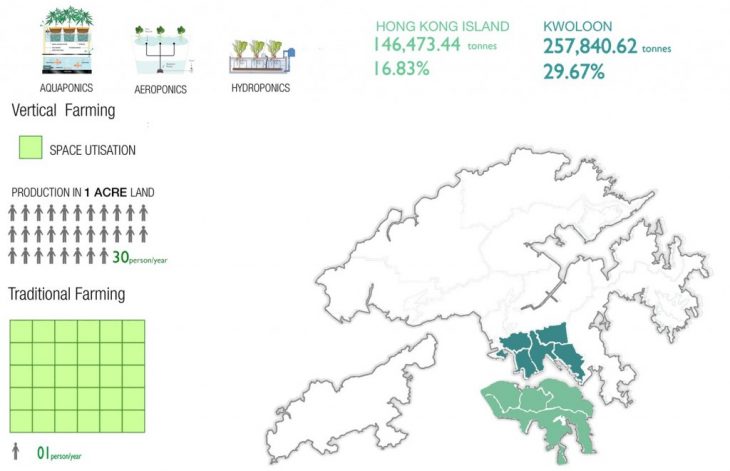
HOW MUCH HONG KONG NEEDS TO PRODUCE :
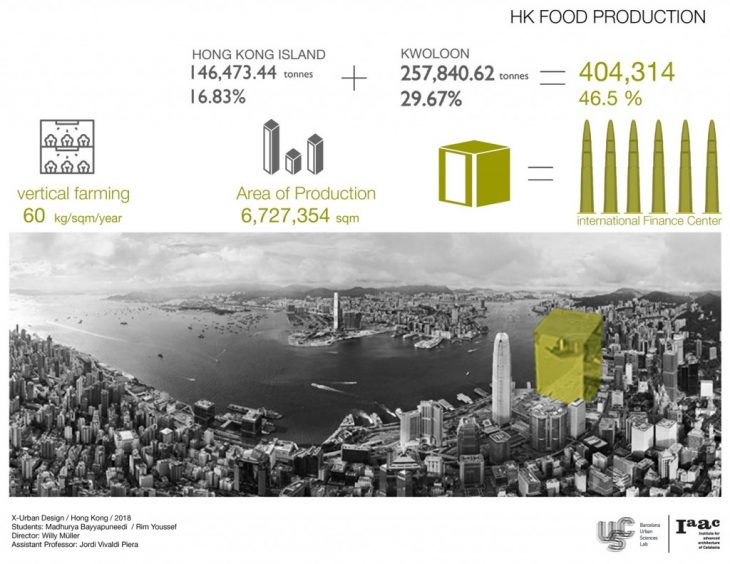
HONG EATS :
After surveying the food Patterns in Hong Kong , the following Products are most consumed in Hong Kong
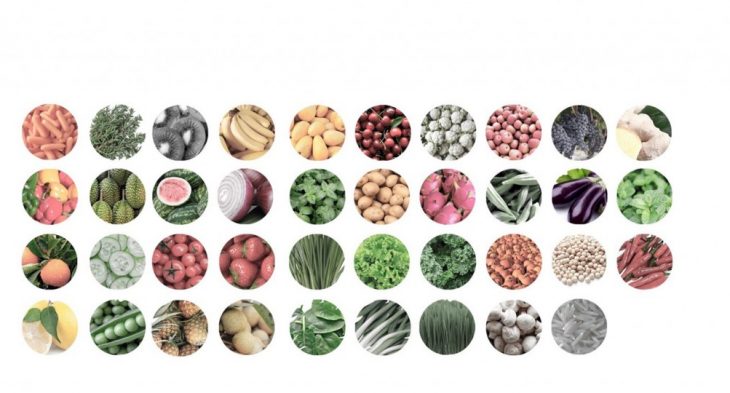
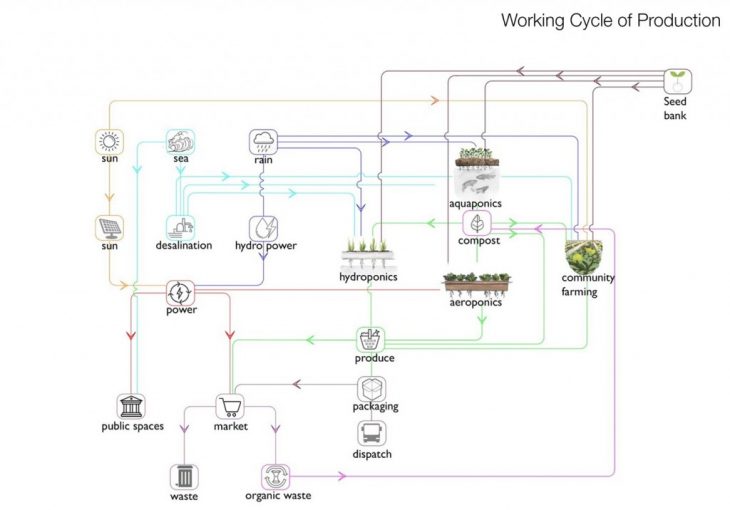
Understandingthe working cycle of vertical farming , to able to create a autonoumous sysytem where energe is drawn , and the wate produced is recycle , and the flow of water is kept organic
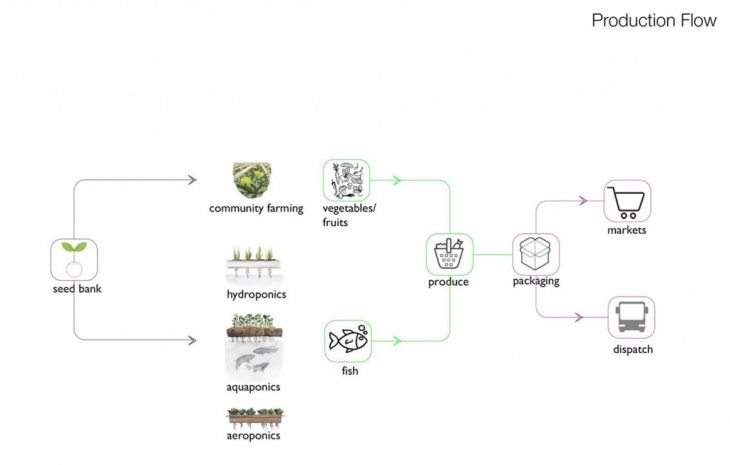
Analysing the food needs and patterns in Kong Kong , the following products are produced in the hubs , using Aquaponics , Hydroponics , Aeroponics .The quantity of food is determined according to the needs
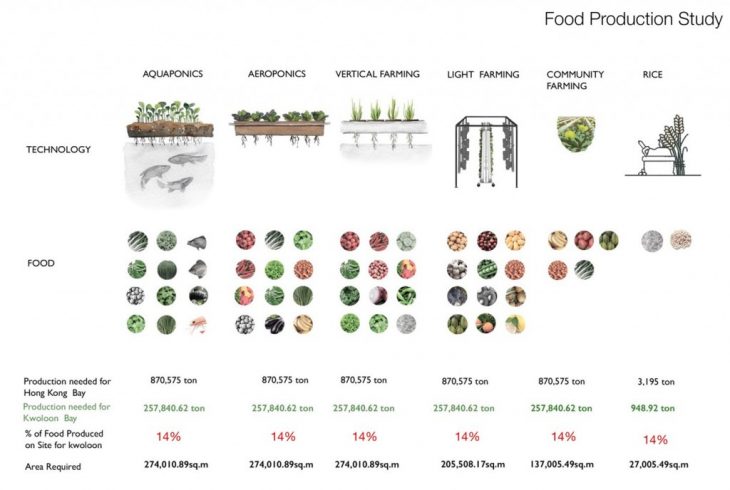
URBAN STRATEGY AND VISION
Every city can work as an ecosystem in many ways by inculcating provisional, regulative and cultural services. However, such an ecosystem is not a part of our present-day surroundings as we treat cities and ecosystems as separate independent entities and differentiate between them through the terms waste output and food input. But contrary to today’s reality, nature and society do not exist independently because there are no spaces of nature unaffected by man .With this in mind we need to re-establish our relationship with nature. By the use of architecture and engineering we need to create buildings that will allow humans to turn our urban cities into ecosystems. This project puts forward a proposal to build urban vertical farms that will produce social and economic hub thus providing a new way to feed the ever increasing population.
the world’s 17th most vulnerable place, not far behind such countries as Bangladesh, Syria, and Algeria.
The industrial food system has a high degree of contribution to the development and betterment of the city and it’s population. This mechanization of food curbed unemployment by generating jobs in the fields of imports as well as markets and supporting lifestyles people previously could not sustain However, it has also changed the way people look at food in a way that it’s importance as an entity itself as well as it’s importance in the forming of culture is being overlooked. It has to be realized that with government provision and sustainable growing strategies many buildings could support their local area in an immediate way through the production of both fruits and vegetables as well as other food products. This will benefit the population by creating job opportunities and also by reducing their dependency on other countries.
IDENTIFYING THE OBSOLETE STRUCTURES:
The most critical subject that this project emphasises on is the production of the food in the land-scarce city. Production of food through farming in vast areas of land is impractical in such a scenario. Hence, this project proposes the use of vertical farms which provides us with a wide range of options to choose from. However, these options can be narrowed down to a great extent by choosing those spaces that prove as beneficial for not just production purposes but several other purposes. Keeping these points in view, this project proposes the use of three types of infrastructures. The first one being a whole sale markets and the second is a transport infrastructure and obsoete structures .
These structures are connected through drones
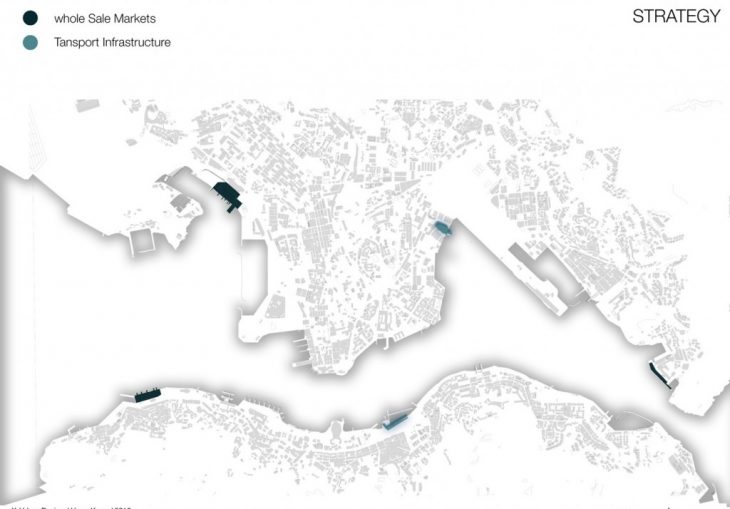
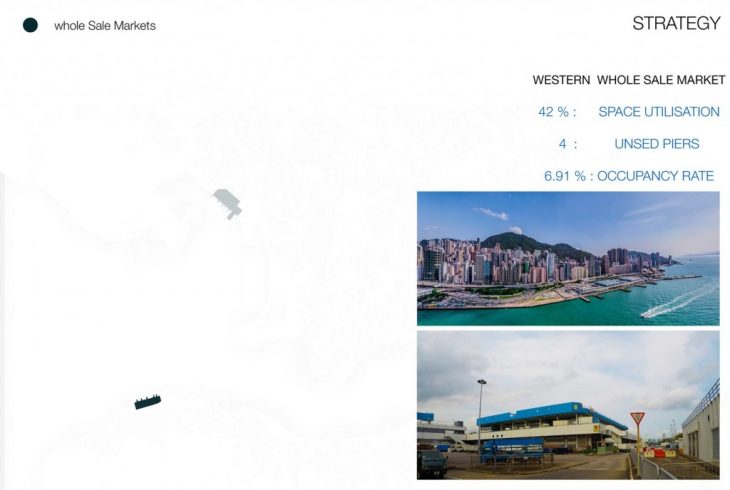
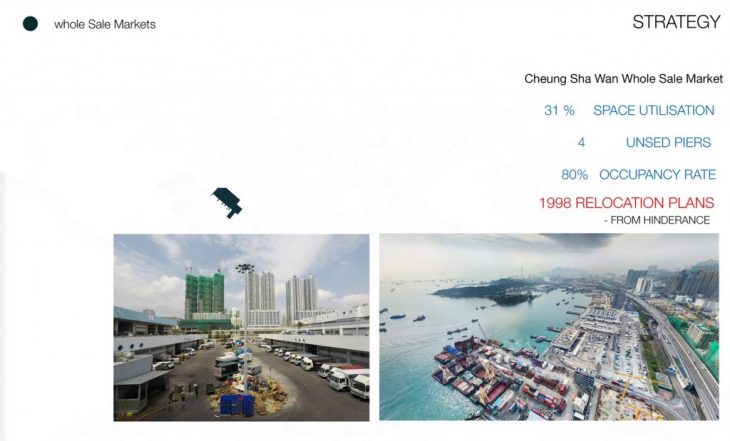
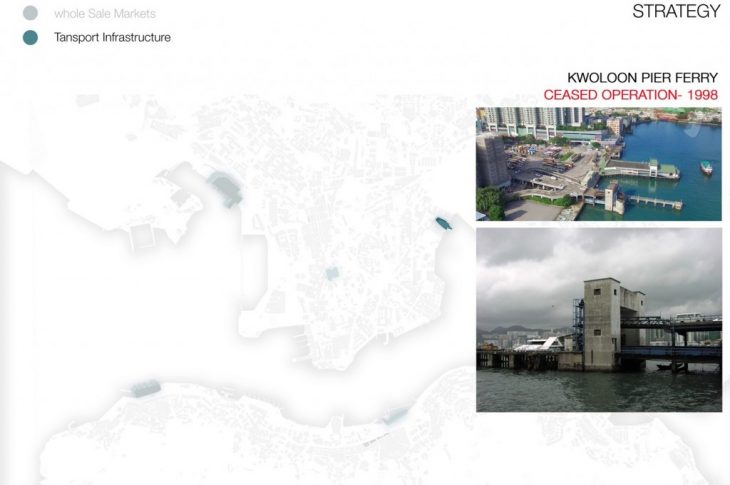

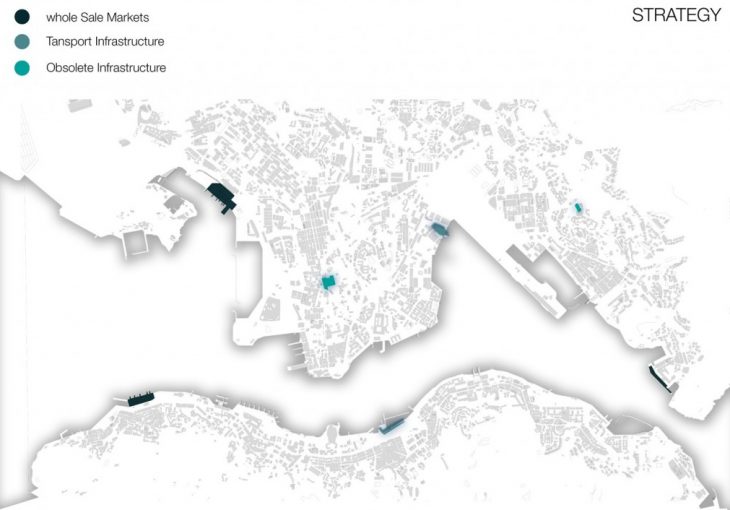
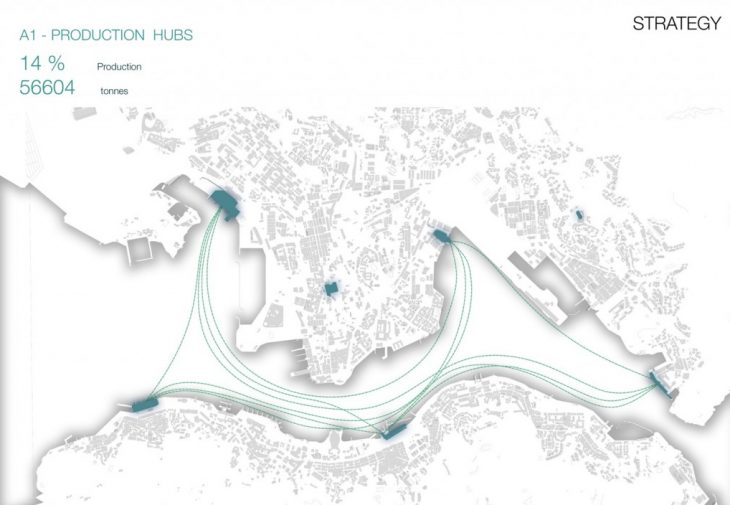
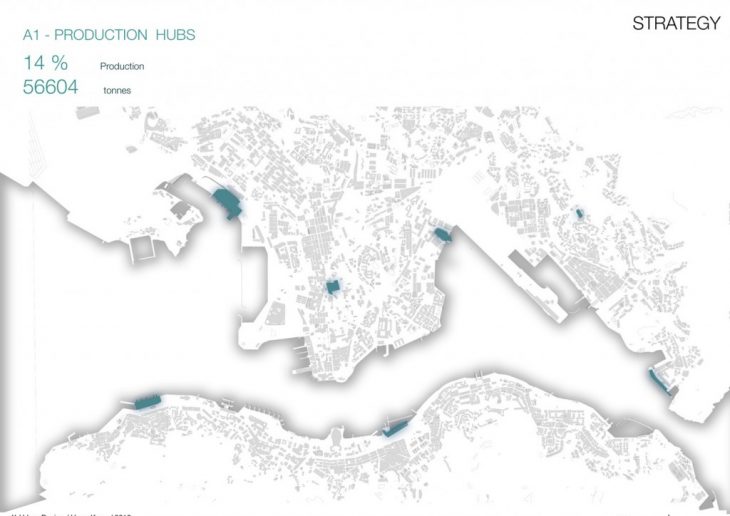
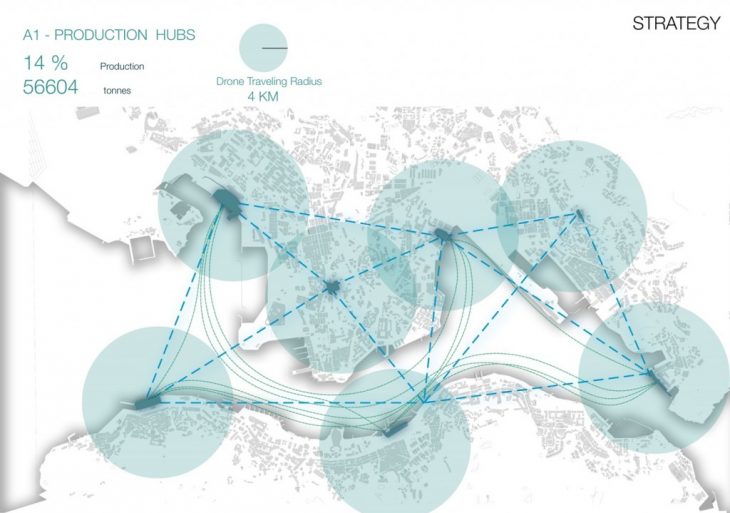
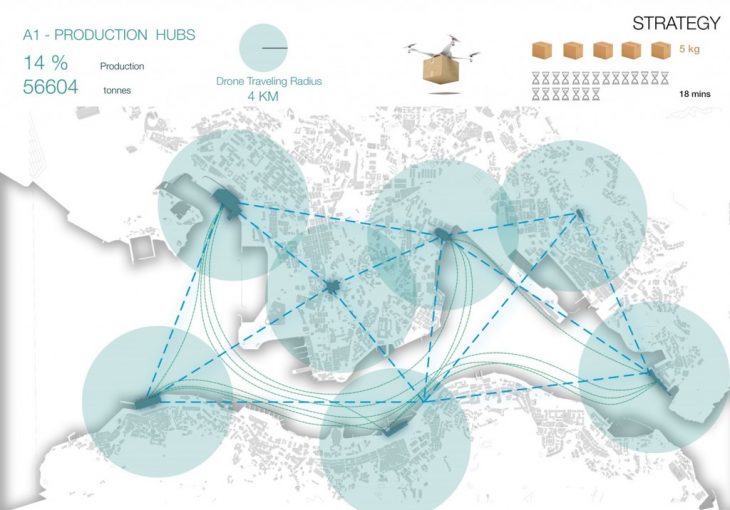
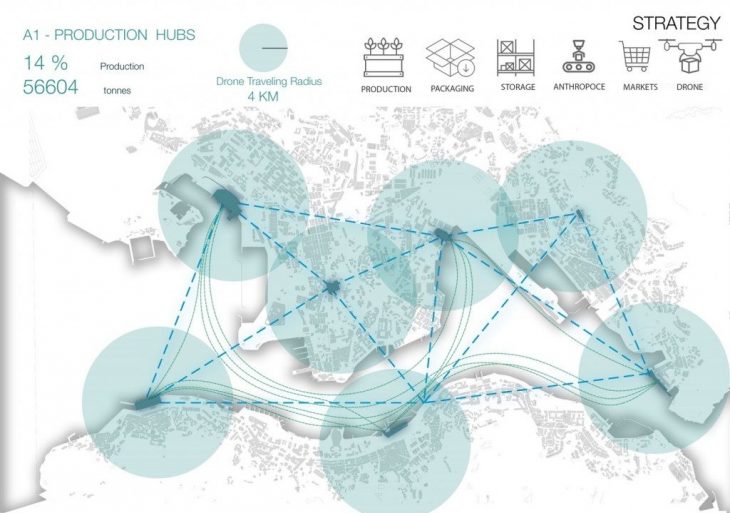
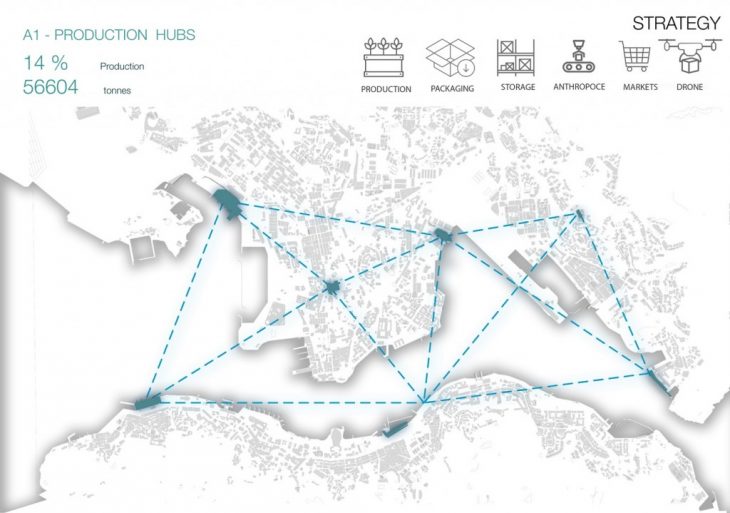
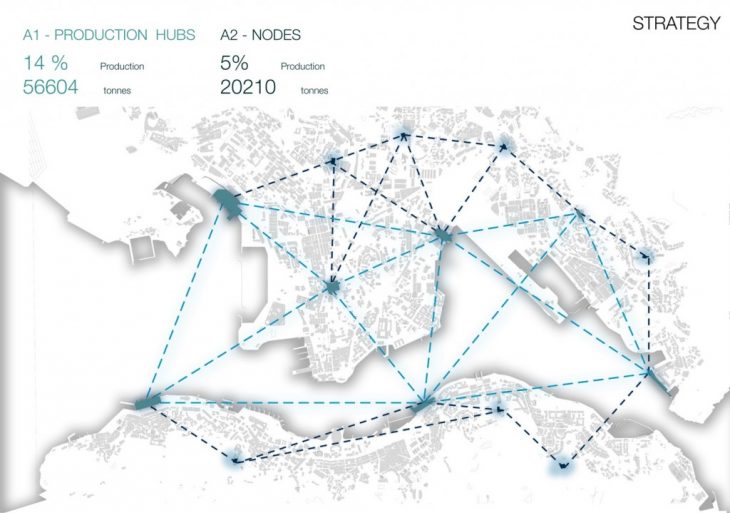
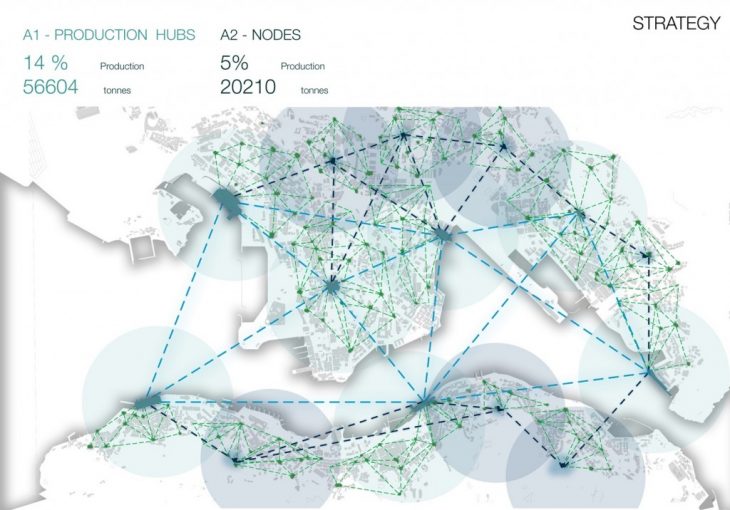
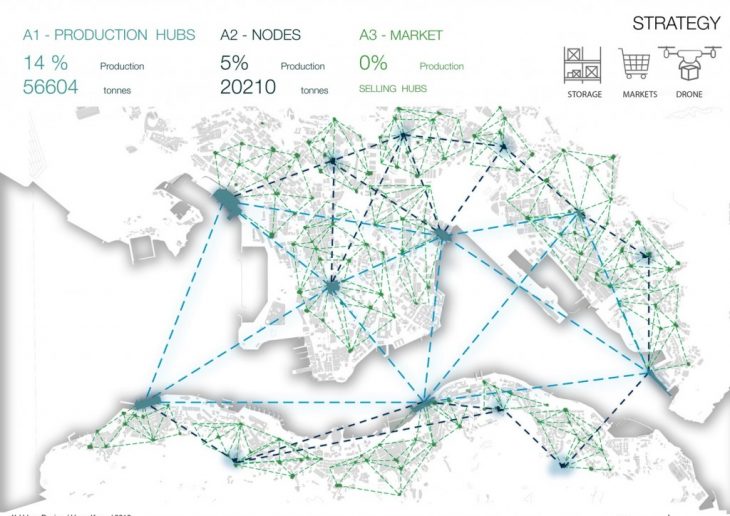
CONNECTING COAST :
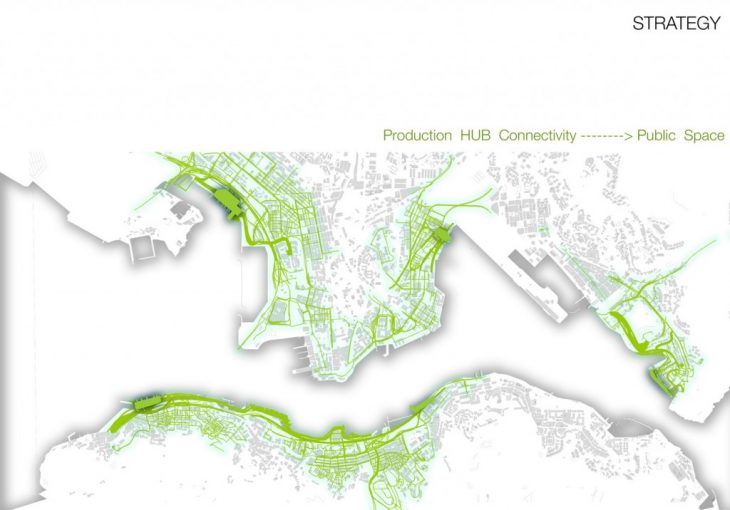
CREATING LOOP
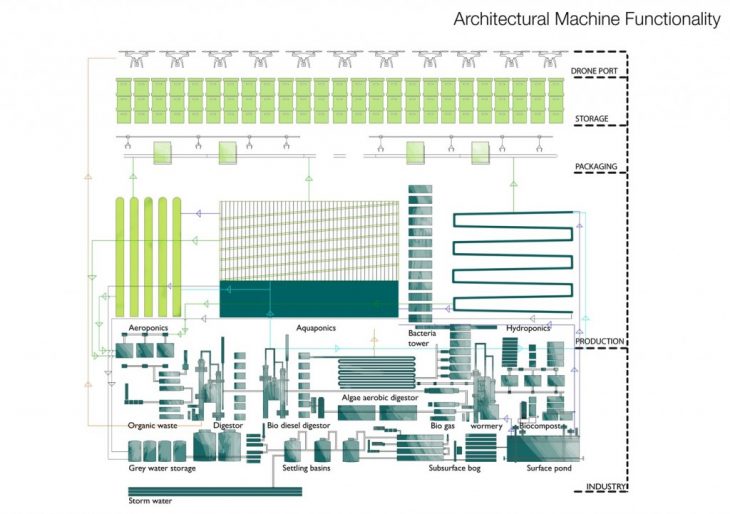
To integrate the industry that recycle waste , generate energy , and to integrate alage to make the faring more productive and to make the system autonomous . The Production cycle grows upwars , starting from waste water recycling , to digestor to Vertical farming , and once harvested , he storage is on the top , to facilitte the drones to pick up and distribute the produce
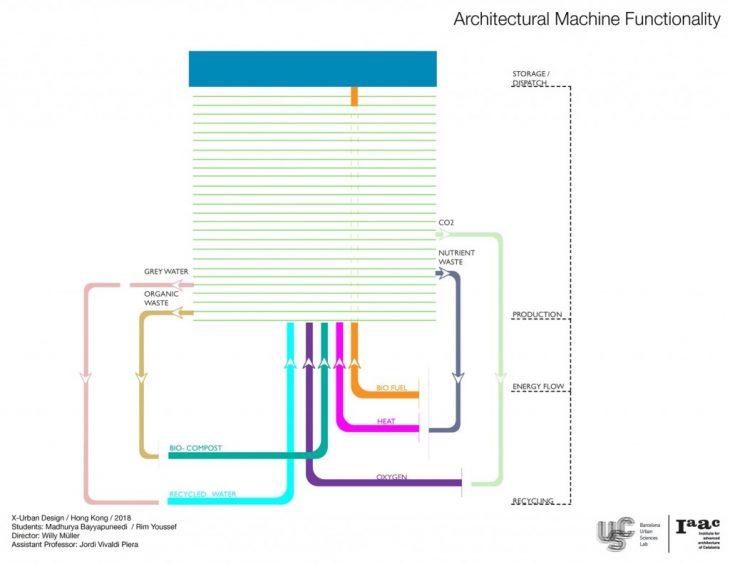
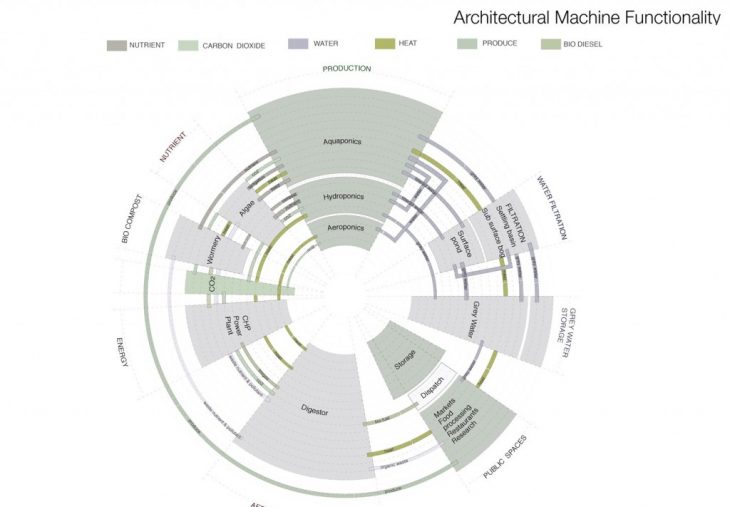
NEIGHBOURHOOD ANALYSIS OF CSWWM
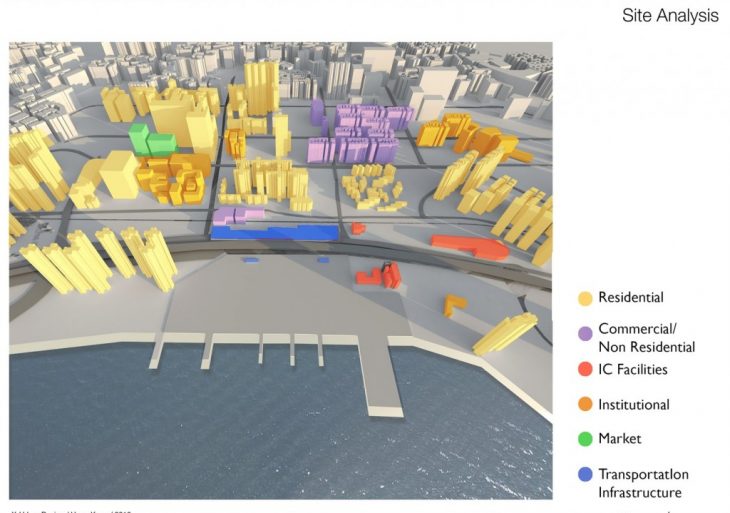
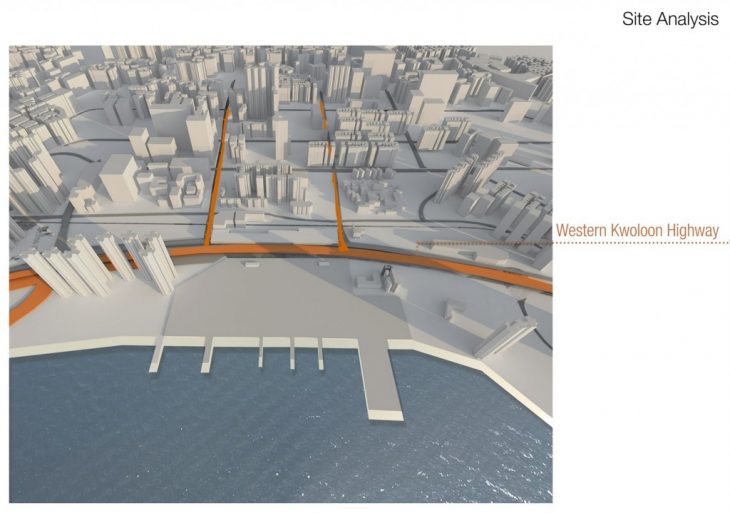
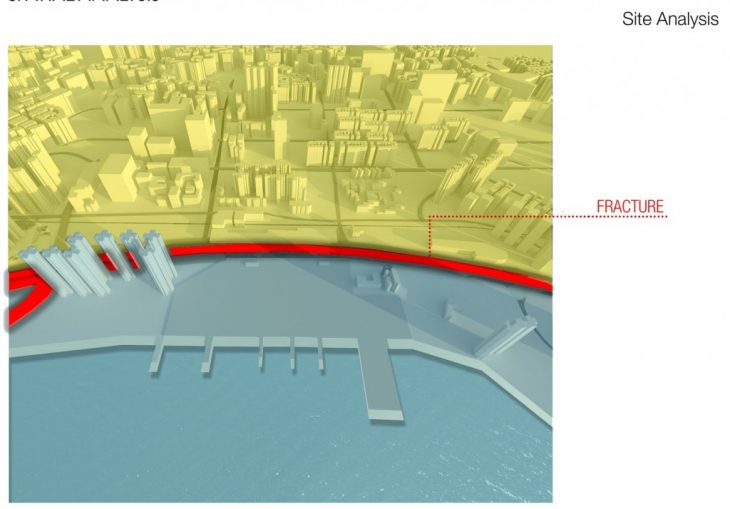
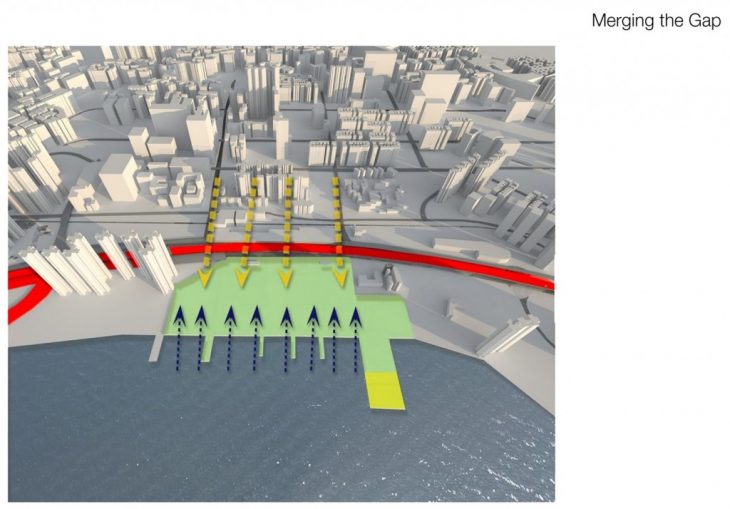
Connecting the city to coast
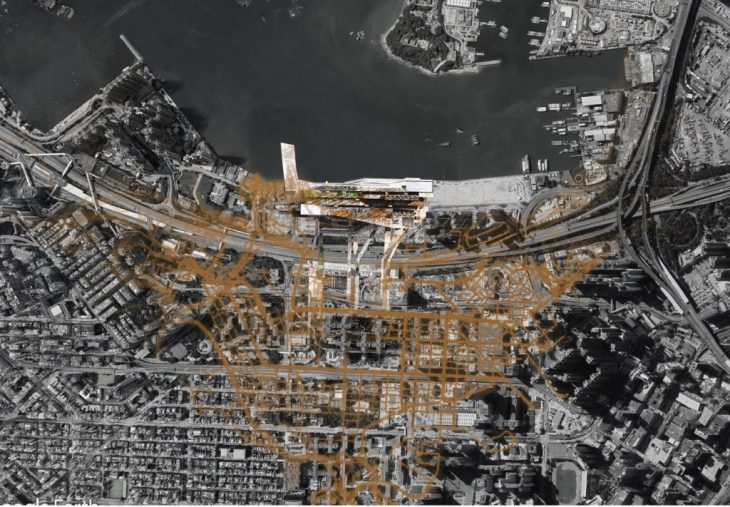
ARCHITECTURAL INTERVENTION
Reducing miles
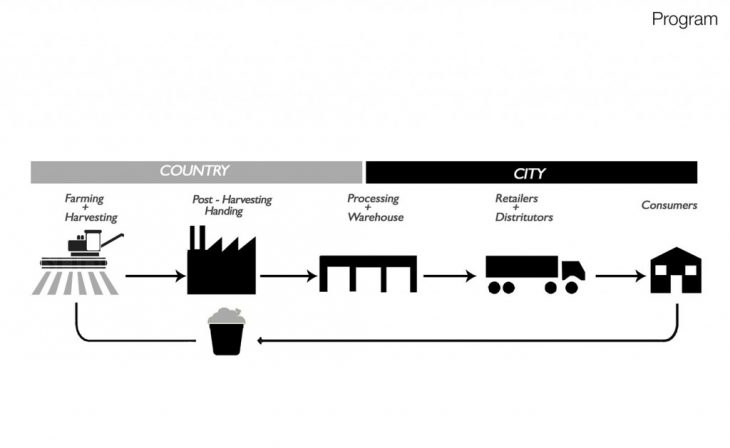
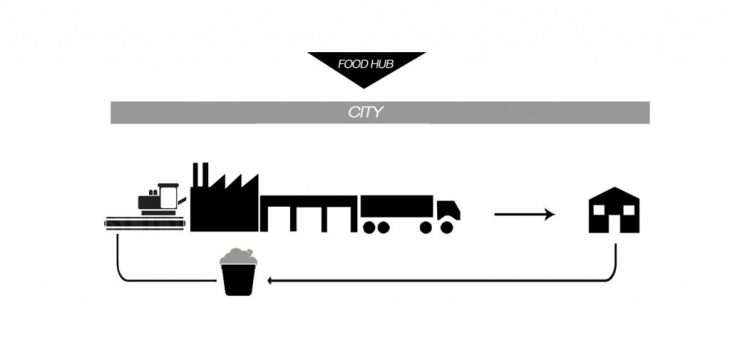
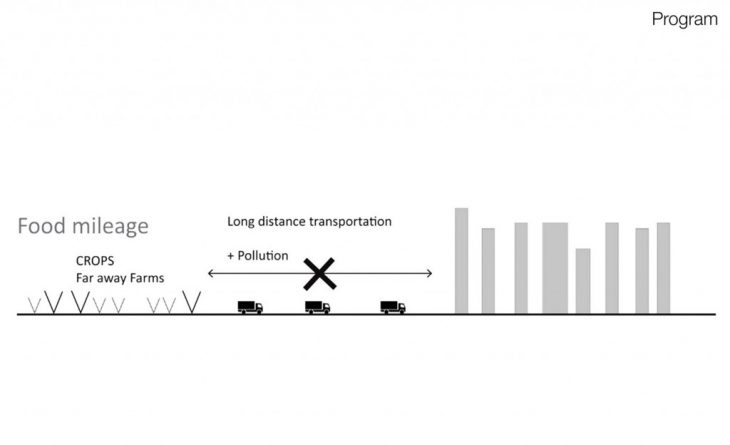
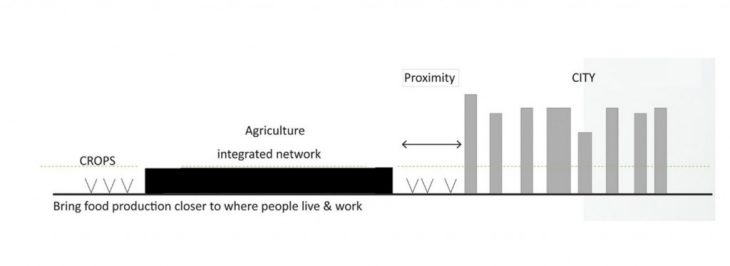
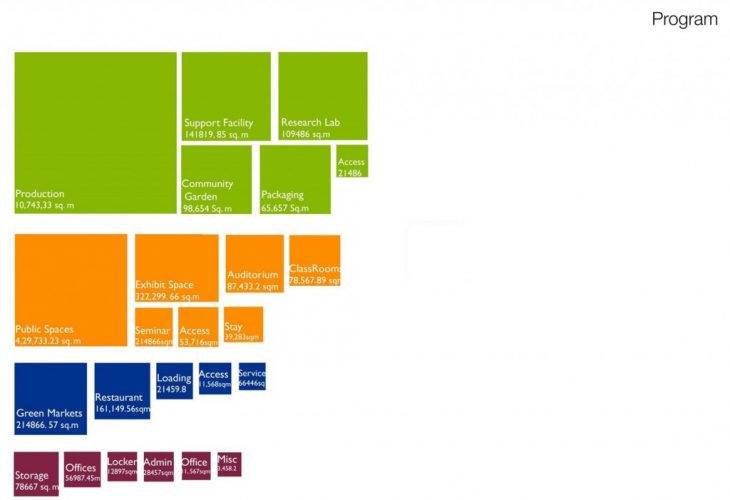
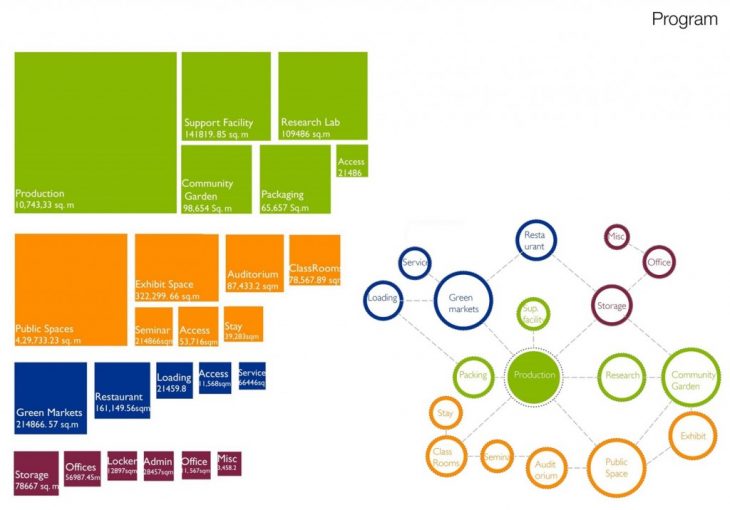
ARCHITECTURE INTERVENTION :
Connecting people
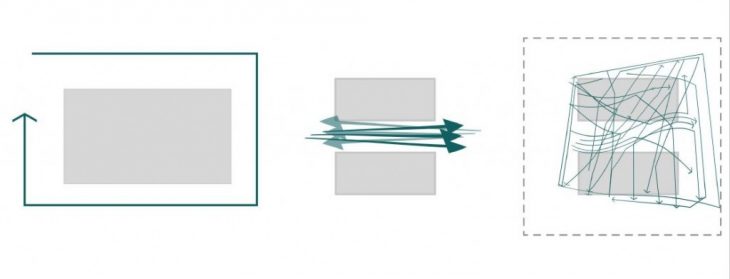
Functioning of Building
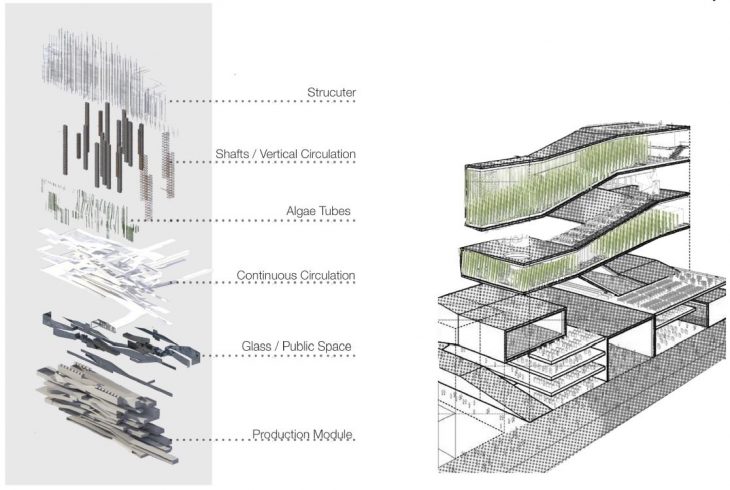
Vertical Circulation :

Section :

Designing Modules :
MODULES FOR PRODUCTION :
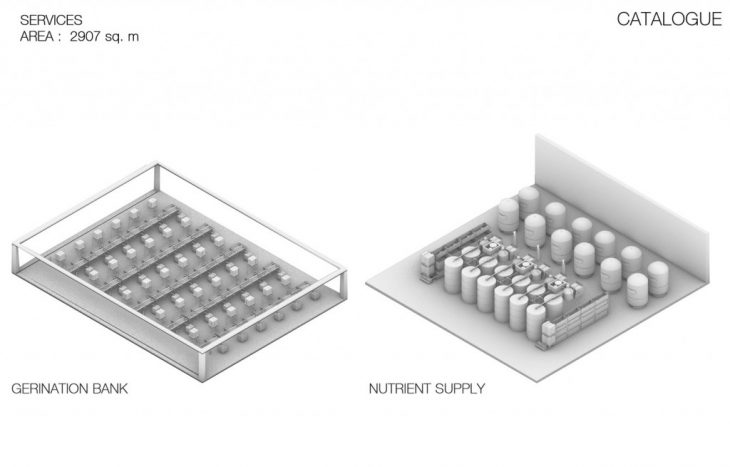
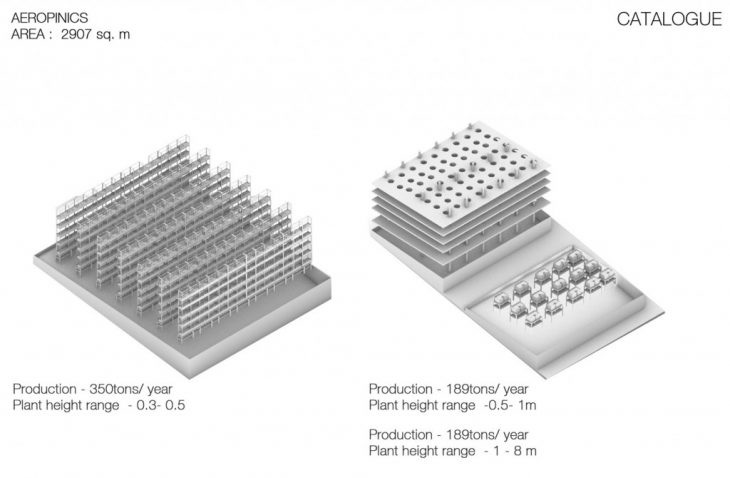
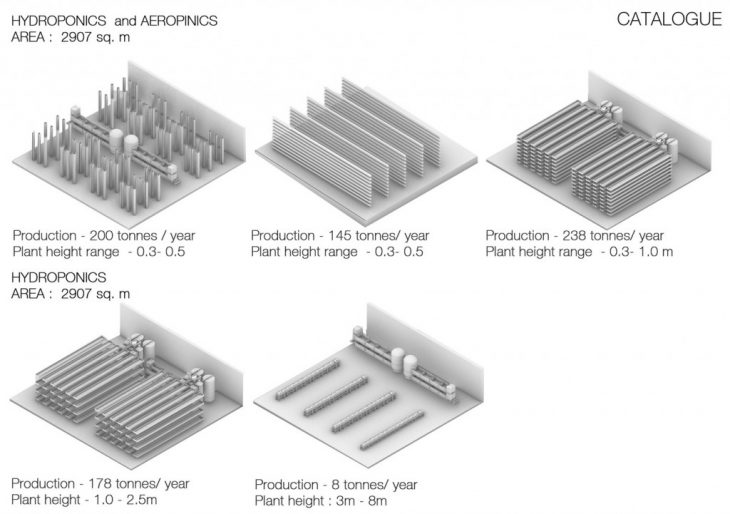
CATALOGUE
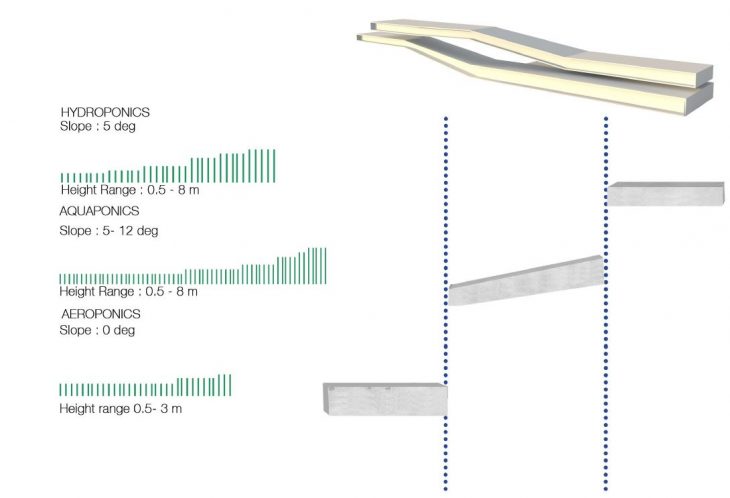
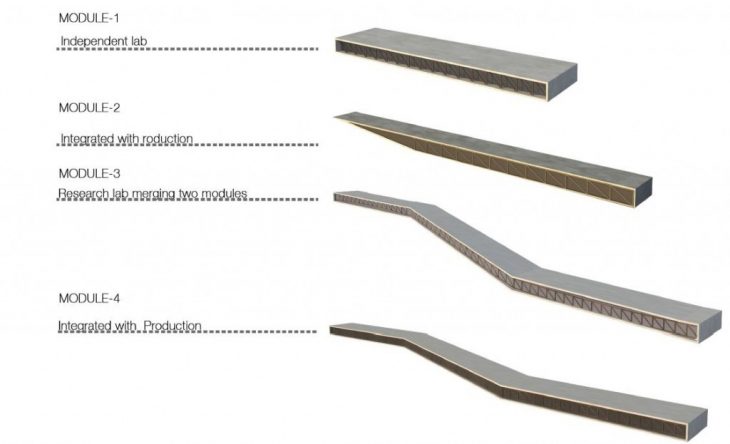
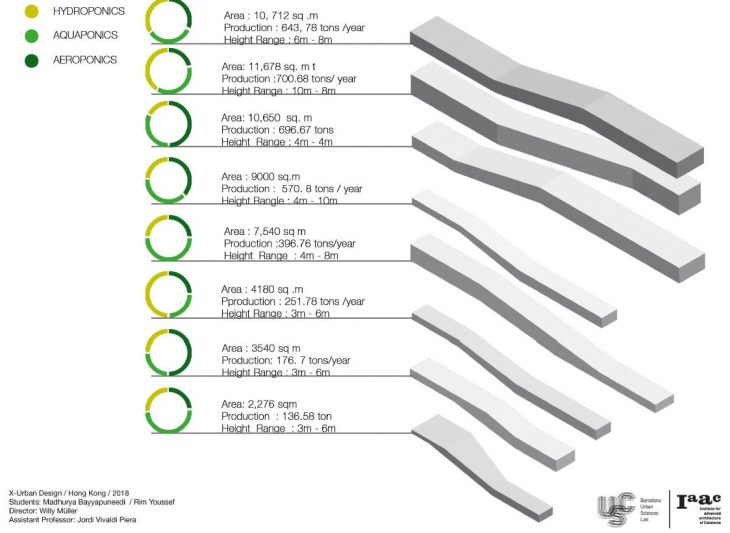
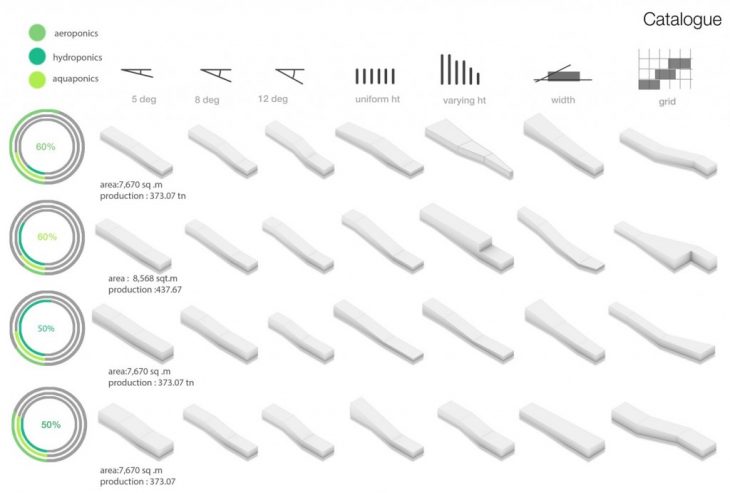
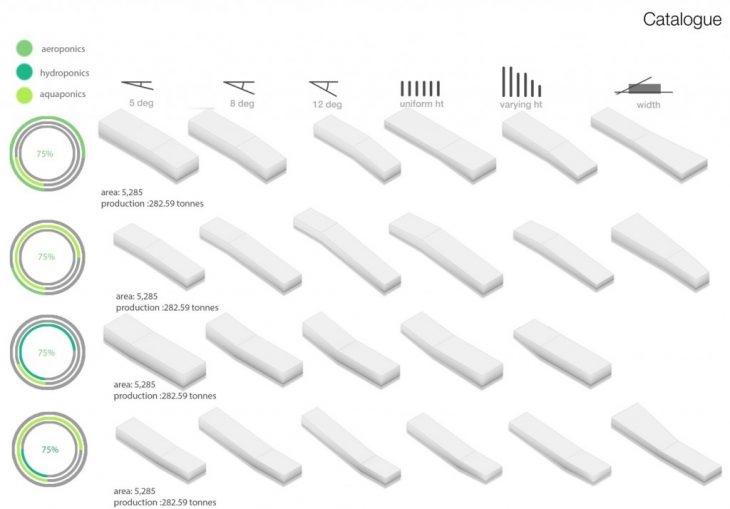
ASSEMBLY OPTIONS :
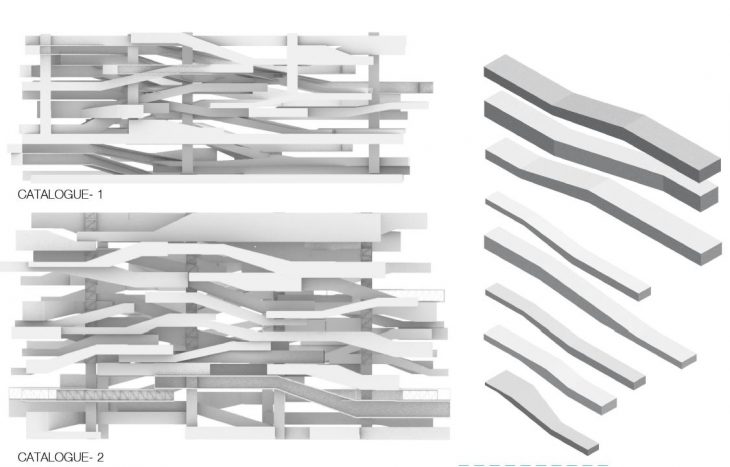
VISION :
